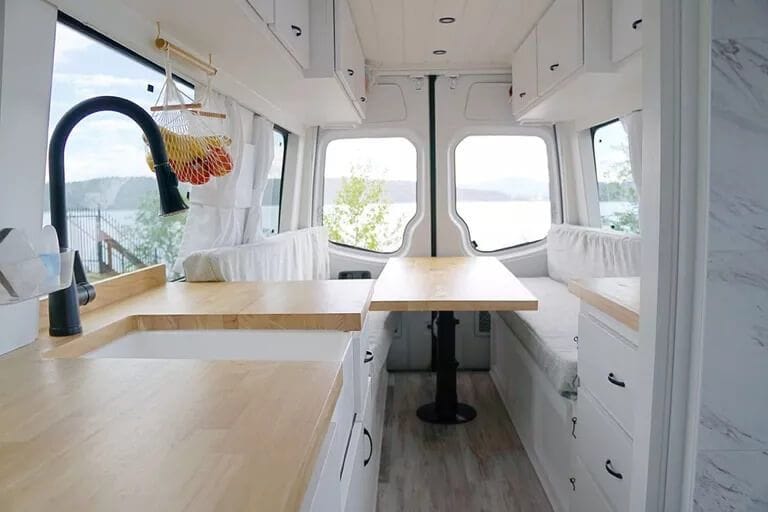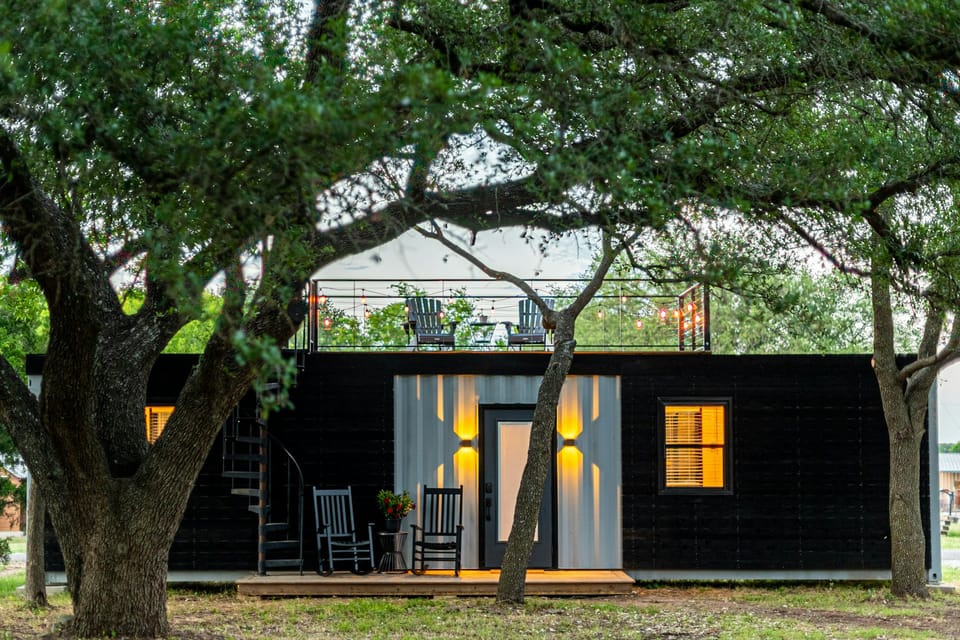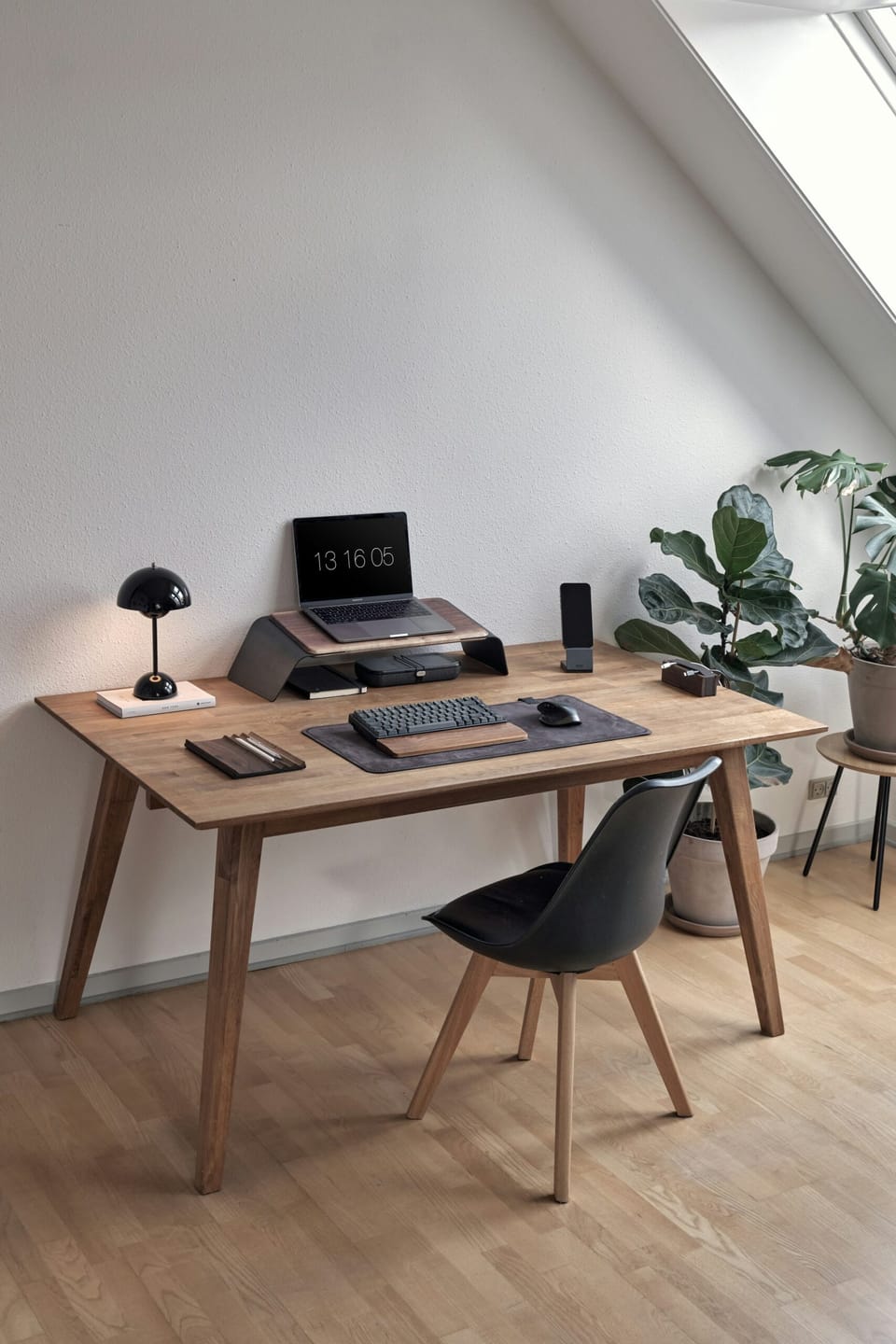Garden Rooms: Inspiration and Ideas
Garden rooms offer a perfect escape just steps from home. Whether you’re dreaming of a creative studio, quiet retreat, or eco-friendly guest room, this article is packed with inspiration and ideas.
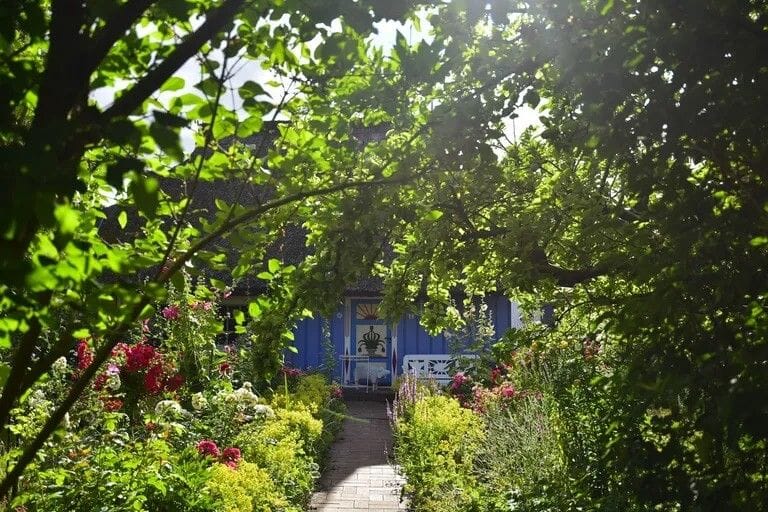
Garden rooms are an interesting concept in garden design. Essentially, the idea involves creating different and distinct areas in your garden just as you might do in your home. The different rooms can be designed for a number of functions, everything from a composting area to a cutting garden to a play space to an eating area and so on.
Why Create Garden Rooms?
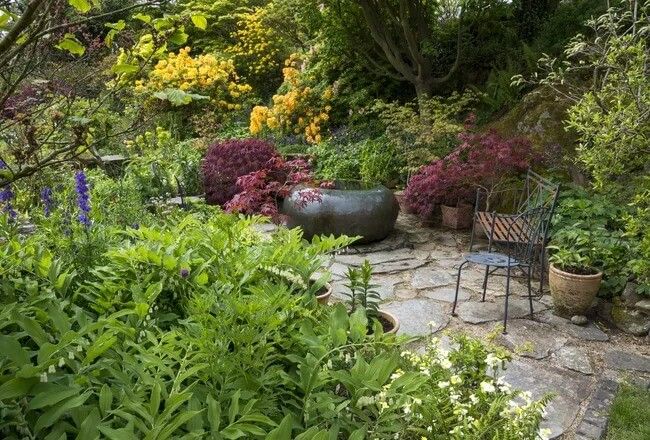
All too often, our homes and gardens are held apart. But creating a series of garden rooms is one way to bring indoors and outdoors back together. By zoning and creating different areas in your outside space, you can make sure you spend time in and make the most of every inch of your garden.
The rooms in a garden, just like the rooms in your home, can all have different purposes and different atmospheres. By bringing concepts of interior design into outside spaces – to the world of plants and living things – we can make sure we always put these spaces to good use.
Creating a series of garden rooms can be beneficial in a long and thin space. They can help a garden feel more private and peaceful. Even in a smaller garden, making distinct spaces within it can help it to feel more expansive. Entering each lush garden room can make you feel like you are exploring hidden wonders of the natural world. As each room is often screened from view, to a degree, from the last, entering each one can make you feel like you are adventuring in a much larger area.
What Different Garden Rooms Might You Create?

As a permaculture designer, I like to think about how different garden rooms can be used in terms of their utility as part of the whole. One garden room, close to your home, might hold an annual polyculture kitchen garden, for example.
Another garden room close by might be a screened off space for utility – with a shed, perhaps, and a composting system.
A separate space might include a place for outdoor cooking and dining, perhaps with a pergola with climbing plants for shade. A seating area might be surrounded by beds filled with herbs and flowers that create a sensory garden.
Garden rooms might also be lush forest gardens, with a bench, perhaps, nestled in a sunny glade reached along a winding path. This could be a great place for retreat and relaxation. You could also center one room on a wildflower meadow – the perfect place for picnics and wildlife watching – perhaps with a wildlife pond.
Those with children might create a garden room specifically for them. A wilder and less managed area, perhaps, with a den or space for natural den building and natural play.
The options are almost endless. But one key thing to remember is that like in your home, everything in your garden should be useful or beautiful – ideally both.
How to Partition Your Garden into Garden Rooms

Once you have decided how you would like to use each part of your garden, and have developed a rough layout idea, it's time to think about how each area will become a room.
There are many different ways to create real or suggested partitions between the different zones.
For example, you could:
- Create a hedgerow with a range of different fruiting bushes, fruit canes and/or shrubs.
- Extend a perennial border out into the middle of the space, with just a narrow opening leading to the next room.
- Plant a living fence or “fedge.”
- Use pleached, trained, or step-over fruit trees to create the partition.
- Make a living bamboo screen.
- Use tall grasses, perhaps mixed with perennial flowers, to screen a neighboring room from view.
- Erect a fence or trellis – perhaps clad with climbing and vining plants.
- Create a compost or leaf bin fence – screening a different part of the garden with a double-layered structure that can contain leaves or compostable materials.
- Make a vertical garden structure, filled with edible salad crops and herbs.
- Make walls from stone, cob, earthbags, or other eco-friendly materials (perhaps planting into and around the wall with alpine plants).
- Use a polytunnel, greenhouse, or other garden building to block the next garden room from view.
- Simply leave a wild and un-mowed area between two areas of meadow or lawn.
These are just some of the many options you could consider to create division between the different and distinct rooms in your garden.
Creating Flow – The Journey Between Different Garden Rooms
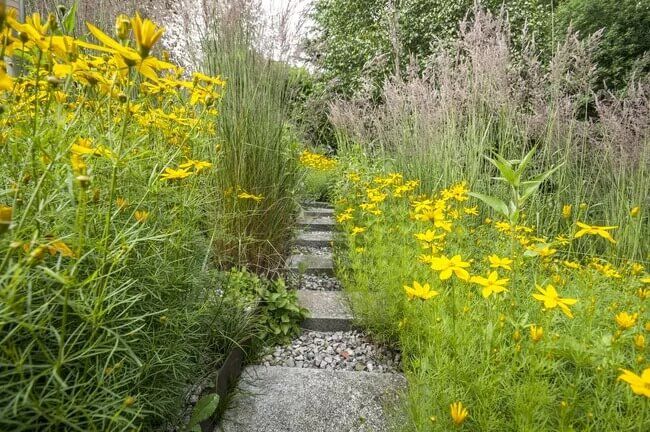
In addition to thinking about how you will create the partitions between different garden rooms, you should also consider how you travel between them.
Travelling from one garden room to the next might simply involve walking through a gap in planting, a fence or a wall. You might also decide to create archways, arch trellises, or tree tunnels, alleys or a winding pathway that leads you from one space to the next.
Thinking about practicality and aesthetics, consider the journeys you will take in your garden, and the vistas and views that will open up as you travel along paths and through the spaces.
When you have garden rooms, you do not see the whole garden at once. You enjoy a journey that becomes a series of small revelations. Think about how to tantalise and reward, how to entice and surprise... think about what you can see at each point on pathways. And how you can create different atmospheres through the plants and other garden elements you choose.
Clever design can make your life easier – with rooms and elements visited most frequently closest to your home, and wilder and less managed garden rooms further away. It can make sure you make the most of your garden, and fully enjoy all of the space as it should be enjoyed.






